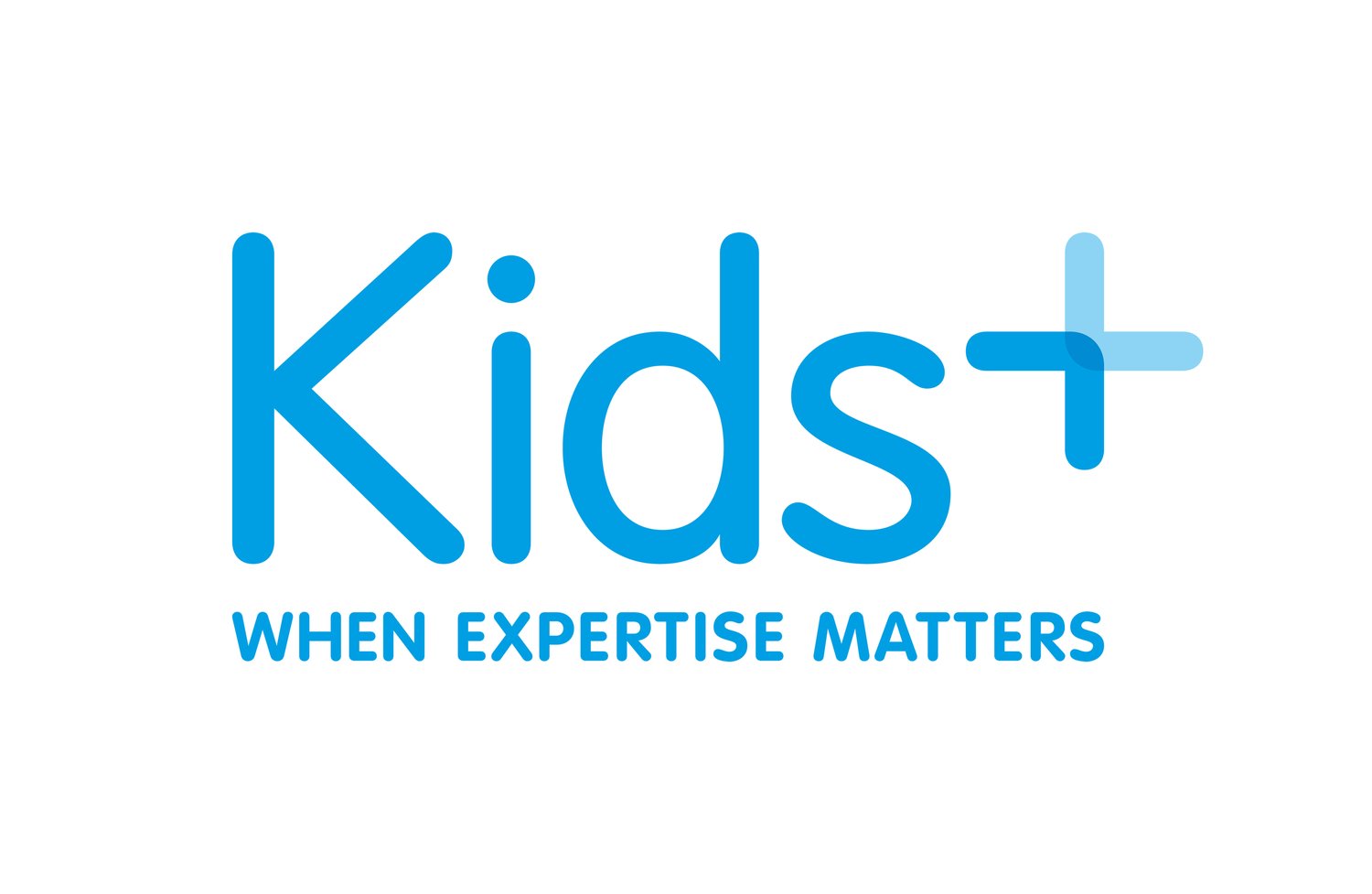Using books for language and literacy at home
By Speech Pathologists Jenna and Mikayla.In a previous article, we talked about the importance of reading books for building literacy skills, improving language and for social interaction.In this article, we will give you our top 8 tips and ideas for using story books at home with your loved one. These ideas will work for a young person of any age, it is never too early to start or too old to benefit from the interaction and enjoyment of reading.
- Choosing motivating stories. Young people learn words best when they are interested, so choose books that are motivating and engaging. This doesn’t always have to be fiction with made up characters, you could choose and explore non-fiction books and reading about true events or things that are interesting to the young person e.g., airplanes, caterpillars.
- Re-read books that you’ve already read. It might drive you crazy to re-read a story over and over, but for young people, the more they read, the more they pick up.
- Trace your fingers under the words. This is a great strategy because it begins to teach young people that the words on the page contain the meaning of the story. It also shows them that text is read from left to right and from top to bottom.
- Consider what might be best for your young person’s vision. If your young person has a vision impairment they can still enjoy books. You may need to consider- lighting to make sure they can see page the page- choosing books that have tactile/touch element for them to explore- reading the text but also talking about the pictures- choosing books with high contrast pictures if that is what supports their visual engagement. There are some high contrast books on YouTube like this one
- Consider positioning and turning pages. You can help a young person with a physical impairment engage with books by choosing books that have thicker, sturdy pages. Consider how you position the young person and the book, make sure they can see, and touch if they choose too.
- Have the young person’s communication device handy. If your young person uses a communication device, remember to have it ready to go when reading the story. It is a great chance to model words in the communication device, and encourage your young person to express their thoughts and opinions about the story. Try to use a variety of words, and not just naming objects.
- Talking about the book. Sharing your response to a book and encouraging a young person’s thoughts and ideas stimulates critical thinking. Try not to ask too many questions though, we don’t want to upset the flow of the reading experience or turn it into a test. Some great ways could be;- Give your young person the story and let them lead the interaction. Wait for them to show or tell you what they want to do next. Let them tell you their interpretation of the story.- Support a young person to predict what might happen next in the story.- Comment on facial expressions and emotions of characters in the story- Draw connections between what is happening in the story and real life experiences or events.
- Use a variety of reading materials. Reading is all about interaction; between a young person and the person they are reading with. So be creative and think of what the young person you are reading with would enjoy! Some ideas are;- Photo albums – to talk about family and friends, or about special memories- Homemade books – around special events or special topics of interest- Magazines, newspapers or other printed material
The speech pathology team has listed some of our favourite story booksJenna recommends “Amazing” by Steve Anthony. It has a strong message of inclusion and a cool dragon named Zibbo.Mikayla recommends “Dear Zoo” by Rod Campbell. It has simple clear pictures and lots of opportunity for fun animal noises.Tori recommends “Who sank the boat” by Pamela Allen.Lisa recommends “This is a ball” by Beck & Matt Stanton because it is fun and encourages young people to think critically and problem solve what they read.Rachel recommends “The rabbits” by John Marsden & Shaun Tan because it has a very powerful message with few words. It has beautiful illustrations that help a young person think about what the images symbolise.

